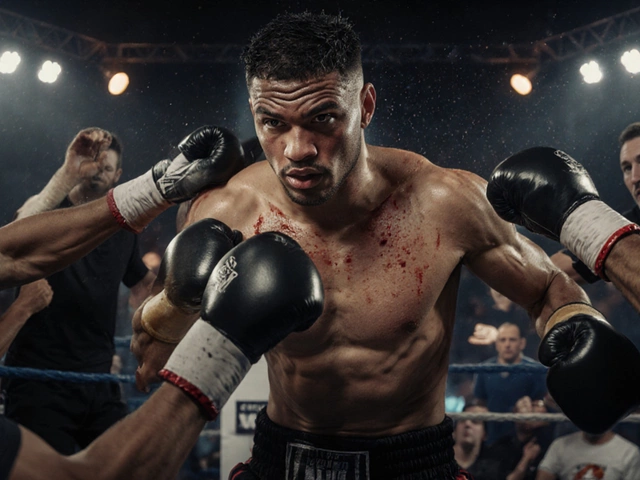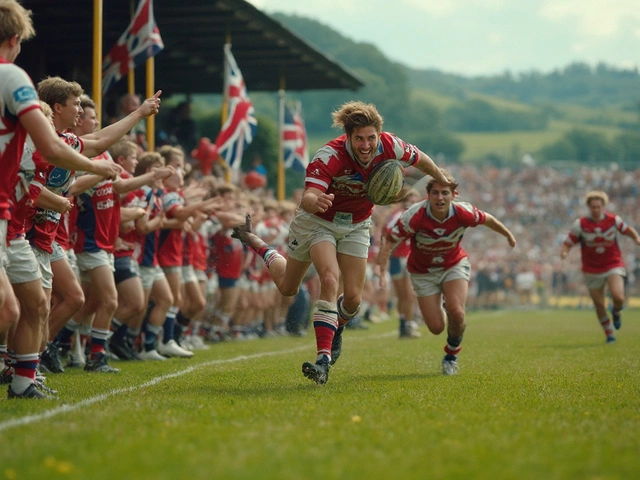Is Boxing Only Punching? Debunking the Biggest Myth
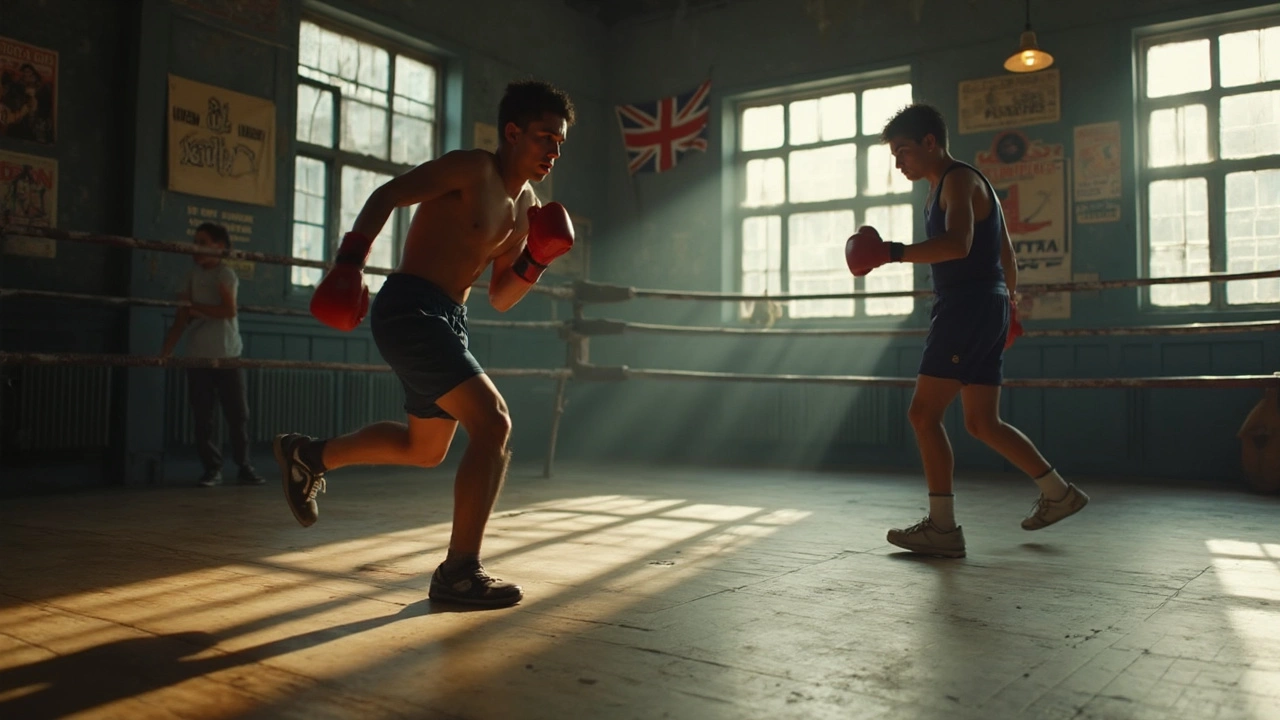
If you think boxing is just a slugfest where the guy who hits harder always wins, you're missing the real story. The top boxers in the world rely just as much on their feet and brains as they do on their fists. When you watch a good match, you’ll realize it’s a mix of physical skill, smart tactics, and sometimes, a serious poker face.
Ask anyone who’s tried to last more than two rounds in the ring—it’s not about throwing the most punches. It’s about knowing when to move, when to block, and when to bait your opponent. Boxing punishes one-trick ponies. The minute you get predictable, you’re open season for a well-timed counterpunch.
- What Makes Boxing More Than Punching?
- Footwork: The Secret Ingredient
- Defense Wins Matches
- The Mental Chess in the Ring
- Training Smarter, Not Just Harder
What Makes Boxing More Than Punching?
There’s a reason boxing is called “the sweet science” and not just “punching hard club.” Every pro match proves it—victory isn’t just about who has the strongest jab, but who’s got the brains and skills to outmaneuver and outthink the other guy.
First off, boxing is just as much about defense as offense. If you can’t move your head or block shots, you’re just a heavy bag. Guys like Floyd Mayweather turned defense into an art. He landed only about 38% of his punches but made opponents miss more than 60% of theirs, according to CompuBox stats. That’s not luck—it’s a system built on timing, reflexes, and smarts.
Let’s break down what goes into a bout besides swinging at your rival:
- Boxing demands sharp footwork. It’s all about angles—if you can step to the side and get your opponent off-balance, you’re halfway to controlling the fight.
- Distance and timing matter even more than raw power. Landing clean hits requires you to slip or weave out of danger, then snap back at the perfect moment.
- There’s a chess match going on in every round—fakes, feints, and reading body language help a good boxer predict what’s coming next.
- Managing stamina is huge. A lot of first-timers gas out by the second round, while pros can slip, block, and punch for up to 36 minutes with world-class pacing.
Want to know how this breaks down in actual fights? Check this table out—these legendary names didn’t just throw bombs, they mastered all sides of the sport:
| Boxer | Signature Strength | Punch Accuracy (%) | Opponents' Miss Rate (%) |
|---|---|---|---|
| Floyd Mayweather Jr. | Defense / Counterpunching | 38 | 60 |
| Vasiliy Lomachenko | Footwork / Angles | 35 | 57 |
| Manny Pacquiao | Speed / Combinations | 32 | 55 |
So next time someone calls boxing just punching, show them what’s really at play. It’s about brains, movement, and strategy—where every inch and split-second counts.
Footwork: The Secret Ingredient
Here’s something most beginners get wrong: you can have a mean right hook, but if your feet are in the wrong spot, it’s useless. The best fighters know that boxing starts from the ground up. Footwork isn’t just about looking fancy or dancing around—it keeps you balanced, lets you dodge punches, and helps you set up your own attacks.
Watch any championship bout. The ones with slick movement make everything look easy. They control distance, decide when to clash, and slip out of trouble before things get ugly. Muhammad Ali set the gold standard for this. He wasn’t just famous for his punches. His feet did half the work. As Ali himself put it:
"Float like a butterfly, sting like a bee. The hands can’t hit what the eyes can’t see."
For anyone actually training, here’s what solid footwork means:
- Staying light on your feet, not flat-footed or stuck in the mud.
- Being able to pivot so you never end up squared to your opponent for long.
- Moving in and out, not just side to side. You want to always be at just the right distance—not too close, not too far.
- Keeping your stance—front foot points at the target, back foot angled out slightly for balance and push-off power.
Check out these stats from the International Boxing Association (AIBA) on punch success rates based on footwork quality over five major amateur tournaments:
| Footwork Grade | Punch Landing % |
|---|---|
| Excellent | 38% |
| Average | 24% |
| Poor | 12% |
So yeah, landing hits gets way easier if you’re planted right and can control the space. If you want to step up your game, forget just building upper body muscles—drill those footwork drills till you can move without thinking about it.
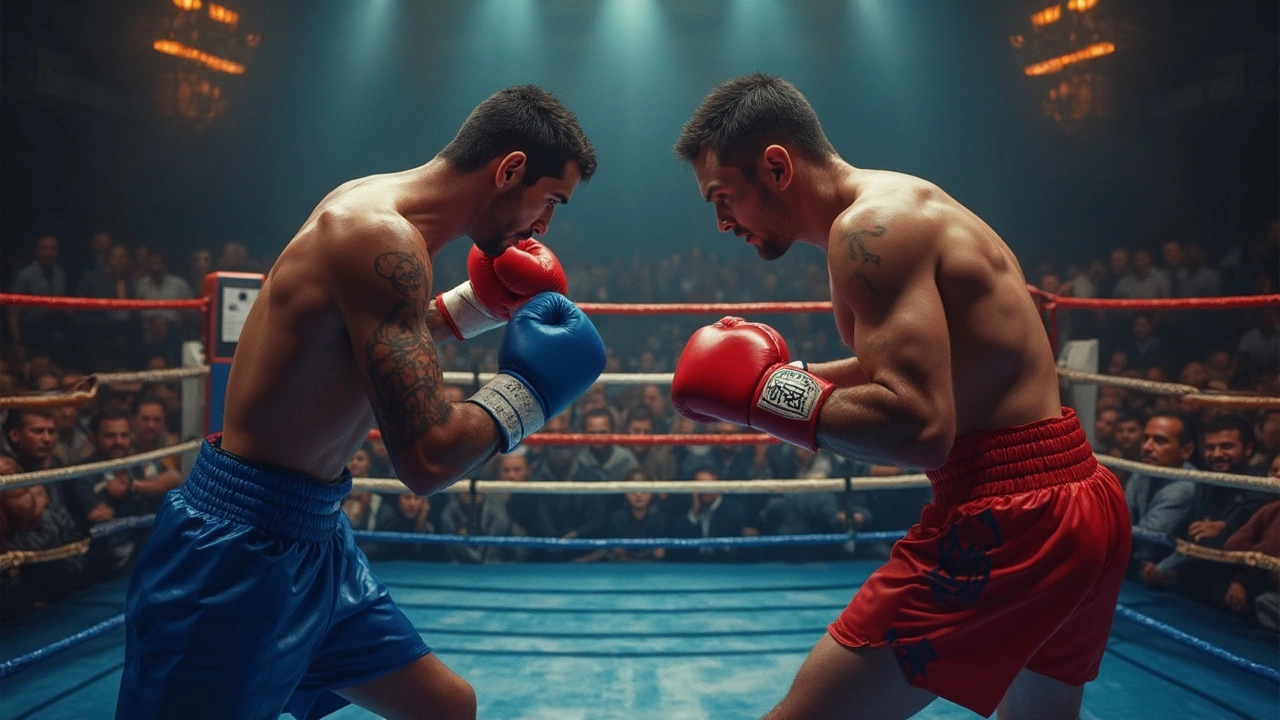
Defense Wins Matches
People love highlight reels filled with heavy knockouts, but smart boxers know that defense is what keeps them on their feet—and winning. In fact, some of the greatest boxing matches ever have swung in favor of the fighter who knew how to avoid damage, not just deal it out. Floyd Mayweather Jr., who went 50-0 in his career, built his legacy on slipping punches and making his opponents miss.
Boxing defense isn’t just holding up your gloves and hoping for the best. There are several techniques, each with its own purpose:
- Head movement: Moving your head side to side or slipping under punches makes you a tough target.
- Footwork: Stepping back, pivoting, or circling the ring to create angles and keep distance.
- Blocking: Using your arms and gloves, especially to cover up against flurries.
- Parrying: Deflecting punches with a quick tap or redirect, which sets up quick counters.
- Rolling: Rotating your body or shoulders to absorb or avoid impact, often called “shoulder roll.”
Here’s a look at how defense affects outcomes in boxing matches, with some real numbers from recent years:
| Top Defensive Boxer | Career Win Rate (%) | Punches Landed Against Per Round |
|---|---|---|
| Floyd Mayweather Jr. | 100 | 6 |
| Willie Pep | 95 | 7 |
| Guillermo Rigondeaux | 90 | 8 |
If you’re training or want to improve your defense, keep these tips in mind:
- Keep your chin tucked and your hands up at all times. Even world champs go down if they get lazy.
- Practice drills focused on head movement and footwork, not just offense.
- Spar with partners who challenge your defense so you learn to react, not just plan.
- Study defensive masters—watch their fights, slow them down, and see why they don’t get hit much.
The truth is, attackers love to get aggressive, but in the end, the boxer who keeps their opponent guessing and limits mistakes usually wears the crown. So if you hear someone say defense is boring, remind them that defensive wizards usually leave the ring without a scratch—and take home the win.
The Mental Chess in the Ring
Boxing isn’t just a test of muscle; it’s a battle of wits. People talk about knockouts and power punches, but the fights you remember often come down to who outsmarts who. It’s like a live game of chess—only you’re dodging fists.
Every second in the ring is packed with split-second decisions. Pros learn to read their opponents fast. Does your rival drop his right hand when he jabs? That tiny habit could be your golden ticket for a counter. Guys like Floyd Mayweather built legendary careers out of reading body language and patterns, not just throwing punches.
You’ll often hear trainers shouting simple things like, “Watch the shoulder!” or “Check the feet!” That’s because tells and setups matter more than wild swinging. The smartest fighters use feints—fake moves that trick the other guy into reacting. Suddenly, the real punch sneaks through. Manny Pacquiao drove opponents nuts with this. They’d brace for a left hand, and—wham—the right followed just as they flinched.
In high-level boxing, changing your rhythm can tip the scales. Sometimes a boxer will slow the pace, then explode with a combo out of nowhere. It’s not just physical speed, but the mental timing, that catches people off guard. If you’re too predictable, you lose. If you’re always a step ahead, you win.
If you want to sharpen your edge, don’t just hit the heavy bag. Spar with partners who force you to think. Watch top fights and study how champs set traps and change their game on the fly. That’s mental chess at its best, and it’s what separates real boxers from guys who just swing for the fences.
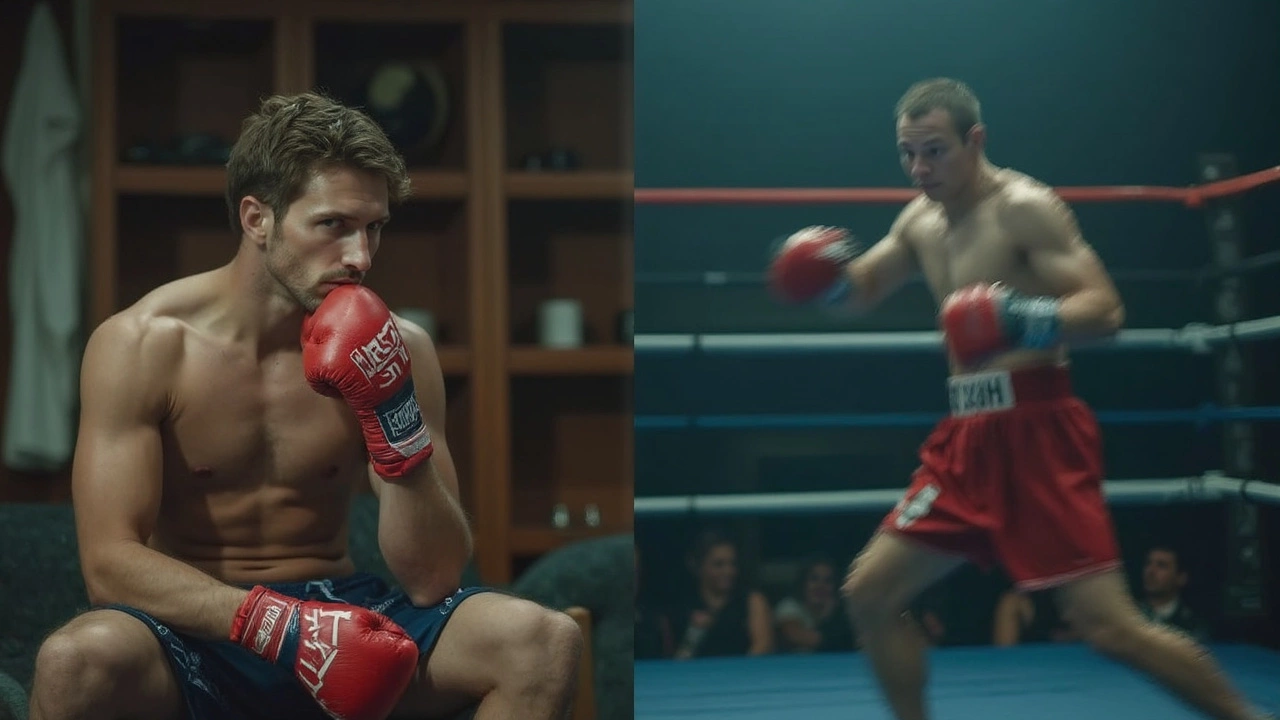
Training Smarter, Not Just Harder
If you look at top fighters, you’ll notice something: they don’t just beat up punching bags for hours and call it a day. Smart training is what builds champions. Loading up on endless rounds of the same drills just wears you down and builds bad habits. Rest and variety matter as much as effort.
For starters, serious boxers break up their week with focused skill sessions. One day might be heavy on footwork, the next dedicated to defensive moves or working the jab. It’s about quality, not just quantity. A famous tip from coach Freddie Roach: "Train at fight speed." That means you need to practice at the tempo you'll use in a real match, not just go through the motions slowly.
Boxing training is a full-body recipe. Sparring is vital, but so is shadowboxing in front of a mirror—watching your own posture and balance. Strength and conditioning workouts are chosen to boost quick foot movement and shoulder stamina, not just to make you bulk up.
Here’s a quick breakdown of a smart weekly routine:
- Footwork drills three times a week—think ladder runs or skipping rope in rounds.
- Bringing in specific defensive drills, like catching and slipping, at least twice a week.
- Sparring and bag work, but mixing up speed and power sessions to avoid burnout.
- At least one session per week devoted to reviewing your own sparring footage—spot where you’re open or slow to react.
- Prioritizing rest and recovery. Taking care of muscles with stretching, ice baths, and sleep is what keeps you from dragging through the next session.
Don’t forget about your mind, either. Visualization—walking through match scenarios in your head—works. Studies show visualizing your moves helps reaction time and accuracy. That's why sharp boxing skills show up when guys spend as much time thinking about the game as they do sweating through it.



